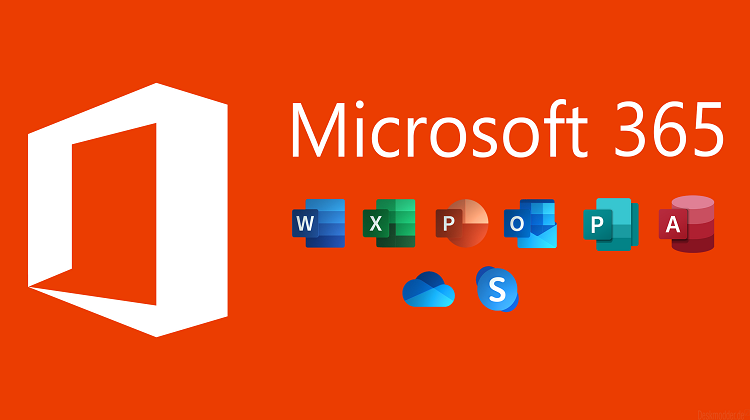
Do you have questions about Excel file formats?
Perhaps you have stumbled upon the one you can’t open that someone sent you, or you see there’s a number that appears to be a date, but you can’t use it to sort your data.
Sounds familiar? If so, you need to learn about Excel spreadsheet file formats so you can make sense of the files you work with.
Keep reading to learn all about different Excel file formats and how to use them to your advantage!
The Most Common XLSX
The first of the most common Excel file formats is the XLSX file, which is the default Excel format for Excel 2007 and newer. This file format is usually based on XML and uses ZIP compression, which makes it smaller and faster to open. The XLSX file format also supports features such as macros, data validation, and conditional formatting.
CSV File Format
If you need to share your Excel file with someone who doesn’t have Excel, you can save it as a CSV file. This file format is a text file that can be opened in any text editor, such as Notepad. The CSV file format doesn’t support all of the features of the XLSX file format, but it’s good for sharing data with other applications.
Excel Binary XLSB
The XLSB file format is a good choice for large Excel files. It supports all of the features of Excel and compresses the file size. But, since the XLSB format is binary, it can only be read by Excel.
TXT File Format
TXT files are best for storing simple, unformatted text data. They can be opened and edited by any text editor and are compatible with nearly all operating systems. However, TXT files cannot store certain types of data, such as images or complex formatting.
XML Text-based File
XML files are text-based files that are designed to be both human-readable and machine-readable. They can be opened and edited in any text editor, but they will not be able to be opened in Excel. To open and edit an XML file in Excel, you will need to use the XML File Format.
So, now that you have some ideas on how to get the most out of excel file formats, you may want to start visiting Microsoft.office.interop.excel for you to become more advanced in the business Excel field. There are many new features to learn, and you can use them to your advantage.
The Different Uses of Excel File Formats
If you want to get the most out of Excel file formats, then make sure to use the right file format for the task at hand. Each file format has its strengths and weaknesses, so choosing the right one will make your life much easier.
So, when choosing Excel formatting, make sure to consider what you need to do with the file. Only then can you make the best decision for your needs.
If you found this helpful and want to read more great content, check out our latest blog posts now!




